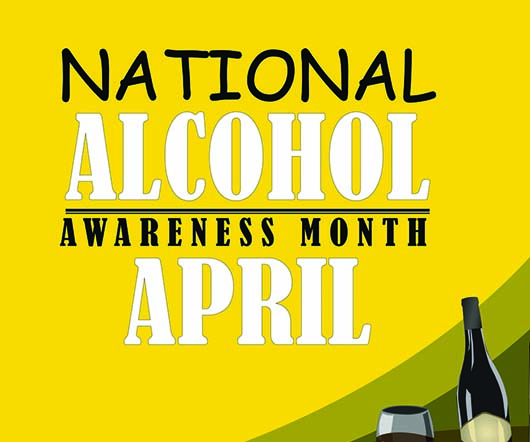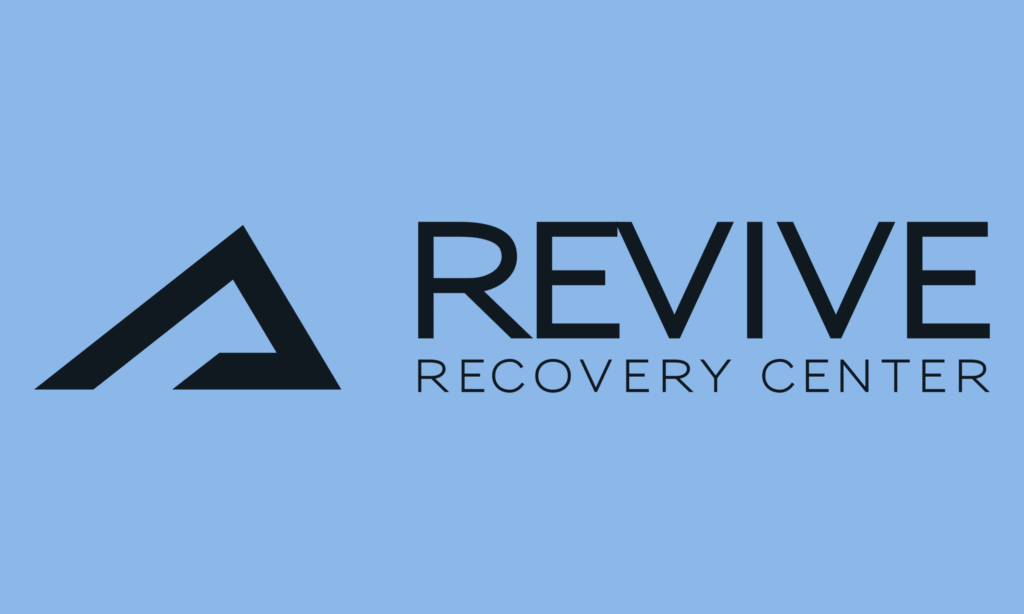By Lesley L. Williams, M.D.
For women and men with co-occurring eating and substance abuse disorders, the two issues form concentric circles. Sufferers typically have the same predisposing genetic and environmental factors where the circles intersect. However, there may be some aspects that are unique to each disorder. At the core, the eating disordered behaviors and substances are used as tools to cope with underlying issues. Treatment can be very challenging. It involves abstinence from substance use and bingeing and purging behaviors with simultaneous exposure to normal eating habits. The multiple moving parts involved in the treatment of both disorders can make recovery a slow and methodical process. Typically, as the symptoms for one improve, symptoms for the other exacerbate. That is why it is necessary to treat both aggressively and simultaneously.

Eating and substance abuse disorders are a common marriage because they share so many characteristics in common. Patients who suffer from both are likely to have low self-esteem, anxiety, depression, prior physical or sexual abuse and a family history of substance abuse or eating disorder. They are also individuals who tend to be vulnerable to social and societal pressures. Both disorders impact the brain similarly. Those who suffer from the disorders describe intense cravings, a preoccupation with thoughts regarding the substance/ED behavior, compulsive use of the substance or engagement in the ED behaviors and secrecy regarding those behaviors Research by the National Center on Addiction and Substance Abuse at Columbia University found that “Up to 50 percent of individuals with an eating disorder abuse alcohol or illicit drugs compared to approximately nine percent in the general population. Up to 35 percent of alcohol or illicit drug abusers have an eating disorder compared to up to three percent in the general population.”
One aspect of eating disorders that is unique when compared with substance abuse is the inability to completely abstain from the substance of choice- food. In order to survive and maintain optimal health, we need to eat at least 3 balanced meals daily and preferably 3 snacks. That requires eating disordered patients to have to navigate use of their “drug of choice’ up to six times a day. Singular substance abuse treatment allows sequestration from the substance of abuse in a safe and secure environment. Eating disorder treatment cannot provide that same isolation. The challenge is like asking an alcoholic to drink six cocktails daily and maintain control.
Treatment from both eating and substance abuse involves developing alternative coping skills. In both instances, the maladaptive behaviors serve a purpose. Whether they are being used to mask the pain of a less than nurturing childhood or express emotions that the person cannot verbalize, they are engaging in the behavior for a reason. The hallmarks of treatment are to identify the function of the behavior, address the underlying issue and teach more appropriate coping mechanisms. This can be a long and arduous process filled with triumphs and set backs. Even the most motivated person finds that dealing with all of this at once often feels overwhelming.
At
Remuda Ranch, we are up to the challenge of effectively treating co-occurring substance abuse and eating disorders. We couple our rich history of eating disorder treatment with the innovative trauma and substance abuse treatment practices that we have learned from our partnership with The Meadows. Incorporating both, we are able to best equip patients for their journey to full recovery. If you or someone you know suffers from substance abuse and/or an eating disorder, please call us for more information.
Facts about Eating Disorders
62.3 percent of teenage girls report trying to lose weight (compared to 28.8 percent of teenage boys), 58.6 percent are actively dieting (compared to 28.2 percent of boys) and 68.4 percent exercise with the goal of losing weight or to avoid gaining weight(compared to 51 percent of boys).
19.1 percent of teenage girls fast for 24 hours or more (compared to 7.6 percent of teenage boys), 12.6 percent use diet pills, powders or liquids (compared to 5.5 percent of boys) and 7.8 percent vomit or take laxatives to lose weight or to avoid gaining weight (compared to 2.9 percent of boys).
Many individuals who engage in unhealthy weight-control behaviors or have full-blown eating disorders use or abuse substances such as caffeine, tobacco, alcohol, cocaine, heroin and over-the-counter medications such as appetite suppressants, diuretics, laxatives and emetics.
Caffeine is used to alleviate hunger or boost energy. People with eating disorders often consume large amounts of diet sodas which frequently are high in caffeine content.
People with eating disorders smoke cigarettes to suppress their appetite and provide themselves with an alternative oral activity to eating. The link between smoking and weight concerns can be seen in girls and women of all ages.
Alcohol abuse is common in people with eating disorders, particularly bulimia. Bulimic women who are alcohol dependent report a higher rate of suicide attempts, anxiety disorders, personality disorders, conduct disorder and other substance dependence than bulimic women who are not alcohol dependent.
Illicit drug use is particularly common among bulimics. Drugs such as heroin and cocaine are used to facilitate weight loss by suppressing appetite, increasing metabolism and purging.
In addition to appetite suppressants, other over-the-counter medications that are used by people with eating disorders — often inappropriately to facilitate purging — include diuretics, emetics and laxatives. Like substance abuse, the adverse effects of eating disorders are well documented and often quite severe, ranging from hair loss, tooth decay and osteoporosis to heart failure and a destabilization of virtually all body systems. Severe cases may be fatal.
Eating disorders occur in five to 10 million Americans, mostly girls and young women. Although white, upper-middle class girls and young women are the primary victims, the population afflicted by these disorders is becoming more diverse.
Western culture idealizes thin women and, as a result, many women equate being thin with self-worth. The advertising, marketing and entertainment industries, which inundate adults and children with iconic images of thin beauty, have become a major force in the development of women’s body dissatisfaction and disordered eating attitudes and behaviors. Women’s magazines contain 10.5 times more ads and articles related to weight loss than men’s magazines– the same sex ratio reported for eating disorders. While the average American woman is 5’4” tall and weighs approximately 140 pounds, the average model is 5’11” tall and weighs 117 pounds.
The commercial world, including the diet, cigarette and alcohol industries, have not shied away from targeting women’s desire to be thin in order to promote their products. In particular, the tobacco companies understood the relationship between smoking and weight control long before the public health experts.
What Parents Can Do
To help prevent eating disorders and substance abuse in their children, parents should model and promote healthy, positive and reasonable messages about eating and exercise as well as consistent messages about the dangers of substance use.
What Schools Can Do
Schools should make it a priority to educate parents, teachers, administrators and coaches to recognize the relationship of eating disorders and substance abuse and intervene quickly and effectively.
 Dr. Lesley Williams has been with Remuda Ranch since 2004. She is a Certified Eating Disorder Specialist and and passionate about the work she does with women and girls at Remuda. Her clinical responsibilities include medically managing the care of all adult and adolescent patients. She also oversees the nutritional aspects of their treatment. Dr. Williams graduated from the University of Kentucky College of Medicine. She went on to complete her family medicine residency at Mayo Clinic in Scottsdale, AZ. Upon completion of her residency training, Dr. Williams joined the Remuda Ranch medical staff. She is a member of the American Academy of Family Physicians and the International Association of Eating Disorder Professionals and certified as a Diplomate of the American Board of Family Medicine. In addition to her clinical duties, Dr. Williams continues to be an active participant of the Remuda Ranch “Speakers Bureau”. Over the years, she has given numerous local and national presentations on a variety of eating disorder topics.
Dr. Lesley Williams has been with Remuda Ranch since 2004. She is a Certified Eating Disorder Specialist and and passionate about the work she does with women and girls at Remuda. Her clinical responsibilities include medically managing the care of all adult and adolescent patients. She also oversees the nutritional aspects of their treatment. Dr. Williams graduated from the University of Kentucky College of Medicine. She went on to complete her family medicine residency at Mayo Clinic in Scottsdale, AZ. Upon completion of her residency training, Dr. Williams joined the Remuda Ranch medical staff. She is a member of the American Academy of Family Physicians and the International Association of Eating Disorder Professionals and certified as a Diplomate of the American Board of Family Medicine. In addition to her clinical duties, Dr. Williams continues to be an active participant of the Remuda Ranch “Speakers Bureau”. Over the years, she has given numerous local and national presentations on a variety of eating disorder topics.
Visit www.remudaranch.com
 Dr. Lesley Williams has been with Remuda Ranch since 2004. She is a Certified Eating Disorder Specialist and and passionate about the work she does with women and girls at Remuda. Her clinical responsibilities include medically managing the care of all adult and adolescent patients. She also oversees the nutritional aspects of their treatment. Dr. Williams graduated from the University of Kentucky College of Medicine. She went on to complete her family medicine residency at Mayo Clinic in Scottsdale, AZ. Upon completion of her residency training, Dr. Williams joined the Remuda Ranch medical staff. She is a member of the American Academy of Family Physicians and the International Association of Eating Disorder Professionals and certified as a Diplomate of the American Board of Family Medicine. In addition to her clinical duties, Dr. Williams continues to be an active participant of the Remuda Ranch “Speakers Bureau”. Over the years, she has given numerous local and national presentations on a variety of eating disorder topics.
Dr. Lesley Williams has been with Remuda Ranch since 2004. She is a Certified Eating Disorder Specialist and and passionate about the work she does with women and girls at Remuda. Her clinical responsibilities include medically managing the care of all adult and adolescent patients. She also oversees the nutritional aspects of their treatment. Dr. Williams graduated from the University of Kentucky College of Medicine. She went on to complete her family medicine residency at Mayo Clinic in Scottsdale, AZ. Upon completion of her residency training, Dr. Williams joined the Remuda Ranch medical staff. She is a member of the American Academy of Family Physicians and the International Association of Eating Disorder Professionals and certified as a Diplomate of the American Board of Family Medicine. In addition to her clinical duties, Dr. Williams continues to be an active participant of the Remuda Ranch “Speakers Bureau”. Over the years, she has given numerous local and national presentations on a variety of eating disorder topics.


























